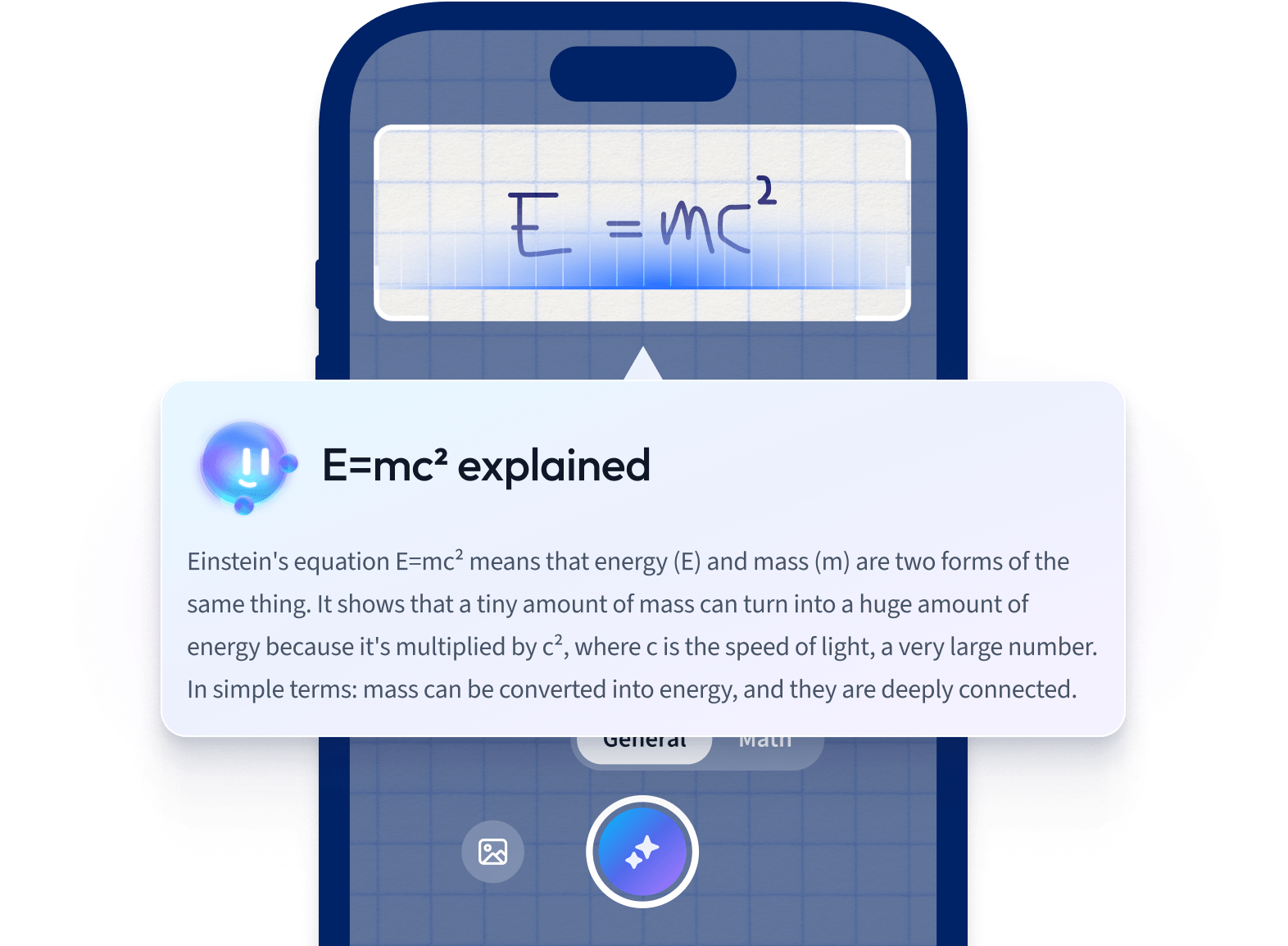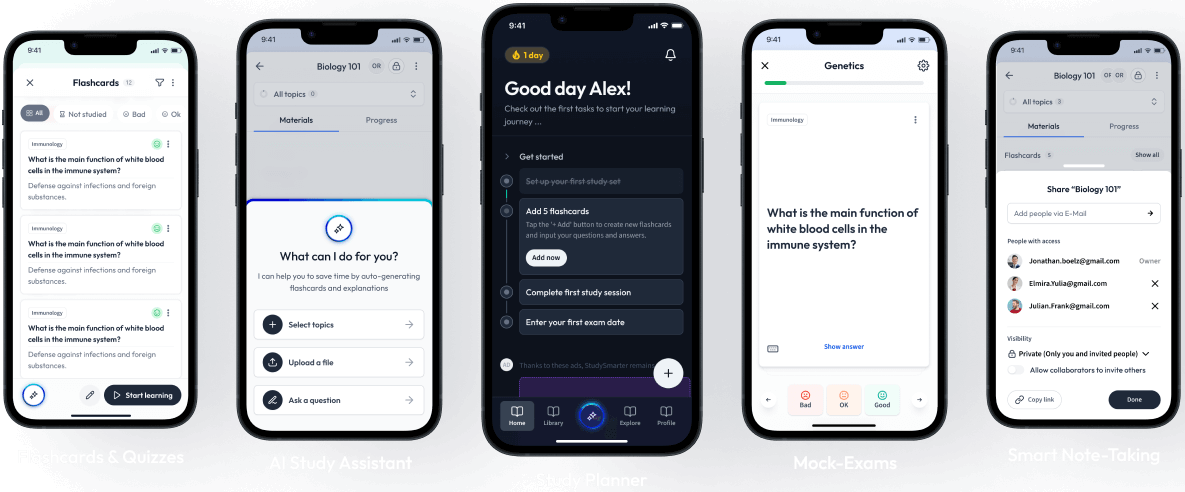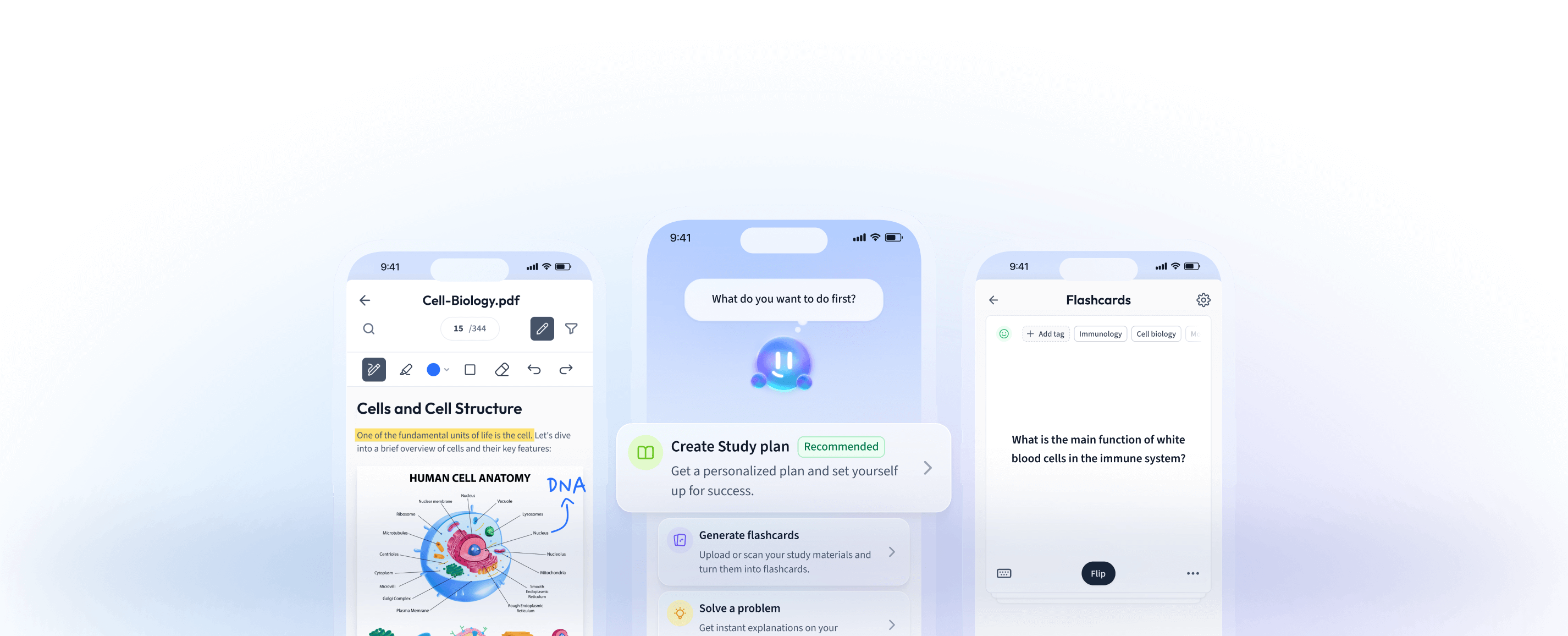What if I told you that they're inextricably connected? You can't have one without the other, at least in the short-run.
Would you be curious as to how that works and why? The Short-Run Philips Curve helps us understand that relationship.
Keep reading and find out more.
Short-Run Phillips Curve
Explaining the Short-Run Phillips curve is quite simple. It states that there is a direct inverse relationship between inflation and unemployment.
However, in order to understand that relationship, one needs to understand a few different underlying concepts like monetary policy, fiscal policy, and aggregate demand.
Since this explanation focuses on the Short-Run Phillips curve, we won't spend much time on each of these concepts, but we will briefly touch on them.
Aggregate Demand
Aggregate demand is the macroeconomic concept used to describe the total demand for goods produced in an economy. Technically, aggregate demand includes demand for consumer goods, services, and capital goods.
More importantly, aggregate demand adds up to everything purchased by households, firms, government and foreign buyers (via net exports) and is depicted by using the formula GDP = C + I + G + (X-M), where C is household consumption expenditures, I is investment expenditures, G is government expenditures, X is exports, and M is imports; the sum of which is defined as an economy's Gross Domestic Product, or GDP.
Graphically, aggregate demand is illustrated in Figure 1 below.
 Fig. 1 - Aggregate Demand
Fig. 1 - Aggregate Demand
Monetary Policy
Monetary policy is how central banks influence a country's money supply. By influencing a country's money supply, the central bank can influence the economy's output, or GDP. Figures 2 and 3 demonstrate this dynamic.
 Fig. 2 - Increase in the Money Supply
Fig. 2 - Increase in the Money Supply
Figure 2 illustrates expansionary monetary policy, where the central bank increases the money supply, affecting a fall in the economy's interest rate.
When the interest rate falls, both consumer and investment spending in the economy are positively stimulated, as illustrated in Figure 3.
 Fig. 3 - Expansionary monetary policy effect on GDP and price Levels
Fig. 3 - Expansionary monetary policy effect on GDP and price Levels
Figure 3 illustrates that expansionary monetary policy shifts aggregate demand rightward, due to increased consumer and investment spending, with the end result being increased economic output, or GDP, and higher price levels.
Fiscal Policy
Fiscal policy is the government's toolkit for influencing the economy through government spending and taxation. When the government increases or decreases the goods and services it purchases or the amount of taxes it collects, it is engaging in fiscal policy. If we refer back to the basic definition that Gross Domestic Product is measured as the sum of all spending on goods and services in a nation's economy in a year, we get the formula: GDP = C + I + G + (X - M), where (X-M) is net imports.
Fiscal policy occurs when either government spending changes or taxation levels change. When government spending changes, it directly affects GDP. When taxation levels change, it directly affects consumer spending and investment spending. Either way, it impacts aggregate demand.
For example, consider Figure 4 below, where the government decides to reduce taxation levels, thereby giving consumers and firms more after-tax money to spend thereby shifting aggregate demand to the right.
 Fig. 4 - Expansionary fiscal policy effect on GDP and price levels
Fig. 4 - Expansionary fiscal policy effect on GDP and price levels
If Figure 4 looks familiar, it's because it's identical to Figure 3, albeit the end result in Figure 3 was a result of expansionary monetary policy, while the end result in Figure 4 was a result of expansionary fiscal policy.
Now that we've covered how monetary and fiscal policy affect aggregate demand, we have the framework for understanding the Short-Run Phillips curve.
Short-Run Phillips Curve Definition
The Short-Run Phillips curve definition illustrates the relationship between inflation and unemployment. Alternately stated, the Phillips curve demonstrates that the government and the central bank have to make a decision about how to trade off inflation for unemployment, and vice-versa.
 Fig. 5 - Short-run phillips curve
Fig. 5 - Short-run phillips curve
As we know, both fiscal and monetary policy affect aggregate demand, thereby also affecting GDP and aggregate price levels.
However, to further understand the Short-Run Phillips curve depicted in Figure 5, let's consider expansionary policy first. Since expansionary policy results in increased GDP, that must also mean the economy is consuming more via consumer spending, investment spending, and potentially government spending, and net exports.
When GDP increases, there must be a corresponding increase in the production of goods and services to meet the rising demand from households, firms, the government, and importers and exporters. As a result, more jobs are needed, and employment must increase.
So, as we know, expansionary policy decreases unemployment. However, as you probably noticed, it also causes an increase in the aggregate price level, or inflation. This is precisely why economists theorized, and later demonstrated statistically, that there is an inverse relationship between unemployment and inflation.
Not convinced?
Let's consider contractionary policy then. Whether it be due to fiscal or monetary policy, we know that contractionary policy produces a decrease in GDP and lower prices. Since a reduction in GDP must mean a downsizing of the creation of goods and services, that has to be met by a reduction in employment, or an increase in unemployment.
So, contractionary policy results in increased unemployment, and at the same time a lower aggregate price level, or deflation.
The pattern is clear. Expansionary policies decrease unemployment but increase prices, while contractionary policies increase unemployment but decrease prices.
Figure 5 illustrates the movement along the Short-Run Phillips curve resulting from expansionary policy.
The Short-Run Phillips curve represents the negative short-run relationship between the unemployment rate and the inflation rate associated with monetary and fiscal policies.
Short-Run Phillips Curve Slopes
The Short-Run Phillips Curve has a negative slope because economists have demonstrated statistically that higher unemployment is correlated with lower inflation rates and vice versa.
Alternately stated, prices and unemployment are inversely related. When an economy is experiencing unnaturally high levels of inflation, all else being equal, you can expect unemployment to be unnaturally low.
As a budding economist, it's probably starting to seem intuitive that high prices mean a hyper-expanding economy, which requires goods and products to be made at very rapid rates, and hence lots of people have jobs.
Conversely, when inflation is unnaturally low, you can expect the economy to be sluggish. Sluggish economies have been shown to correspond to high levels of unemployment, or not enough jobs.
As a result of the negative slope of the Phillips curve, governments and central banks have to make decisions about how to trade off inflation for unemployment, and vice-versa.
Shifts in the Phillips curve
Have you been wondering "what happens if, instead of a shift in aggregate demand, there is a shift in aggregate supply?"
If so, that's an excellent question.
Since the Short-Run Phillips Curve illustrates the generally accepted statistical relationship between inflation and unemployment resulting from shifts in aggregate demand, shifts in aggregate supply, being external to that model (also known as an exogenous variable), have to be illustrated by shifting the Short-Run Phillips Curve.
Shifts in aggregate supply can come about due to supply shocks, such as sudden changes in input costs, anticipated inflation, or high demand for skilled labor.
A supply shock is any event that shifts the short-run aggregate supply curve, such as a change in commodity prices, nominal wages, or productivity. A negative supply shock occurs when there is an increase in production costs, thereby decreasing the quantity of goods and services producers are willing to supply at any given aggregate price level. A negative supply shock causes a leftward shift of the short-run aggregate supply curve.
Anticipated inflation is the rate of inflation that employers and workers expect in the near future. Anticipated inflation can shift aggregate supply because when workers have expectations about how much and how quickly prices might increase, and they're also in a position to sign contracts for future work, those workers will want to account for rising prices in the form of higher wages. If the employer also anticipates similar levels of inflation, they will likely agree to some sort of wage increase because they, in turn, will recognize that they can sell the goods and services at higher prices.
The last variable that can cause a shift in aggregate supply is in the case of a shortage of skilled labor, or conversely, high demand for skilled labor. In fact, they often go hand in hand. This results in excess competition for labor, and in order to attract that labor, firms offer higher wages and/or better benefits.
Before we show the effect of a shift in aggregate supply on the Short-Run Phillips Curve, let's quickly look at what happens in the economy when aggregate supply shifts. Figure 6 below demonstrates the effect on the economy of a negative, or leftward shift in aggregate supply.
 Fig. 6 - Aggregate supply leftward shift
Fig. 6 - Aggregate supply leftward shift
As illustrated in Figure 6, a leftward shift in aggregate supply initially means that producers are only willing to produce much less at the current equilibrium aggregate price level P0 resulting in disequilibrium point 2 and GDPd0. As a result, prices must increase in order to incentivize producers to increase output levels, establishing a new equilibrium at point 3, aggregate price level P1 and GDPE1.
In short, a negative shift in aggregate supply results in higher prices AND lower output. Alternately stated, a leftward shift in aggregate supply creates inflation and increases unemployment.
As mentioned, the Short-Run Phillips Curve illustrates the relationship between inflation and unemployment from shifts in aggregate demand, therefore shifts in aggregate supply have to be illustrated by shifting the Short-Run Phillips Curve as shown in Figure 7.
 Fig. 7 - Upward shift in short-run phillips curve from downward shift in aggregate supply
Fig. 7 - Upward shift in short-run phillips curve from downward shift in aggregate supply
As illustrated in Figure 7, therefore, the aggregate price level, or inflation, is higher at every level of unemployment.
This scenario is an unfortunate one indeed since we now have both higher unemployment AND higher inflation. This phenomenon is also called stagflation.
Stagflation occurs when the economy experiences high inflation, characterized by rising consumer prices, as well as high unemployment.
Difference Between Short-Run and Long-Run Phillips Curve
We've been consistently talking about the Short-Run Phillips Curve. By now, you have probably guessed the reason for that is that there is, in fact, a Long-Run Phillips Curve.
Well, you're right, there is a Long-Run Phillips Curve. But why?
In order to understand the existence of the Long-Run Phillips Curve, and the difference between the Short-Run and Long-Run Phillips Curves, we need to revisit some concepts by using numerical examples.
Let's consider Figure 8, and let's assume that the current level of inflation is 1% and the unemployment rate is 5%.
 Fig. 8 - Long-run phillips curve in action
Fig. 8 - Long-run phillips curve in action
Let's also assume that the government feels that 5% unemployment is too high, and puts in place a fiscal policy to shift aggregate demand rightward (expansionary policy), thereby increasing GDP and decreasing unemployment. The result of this expansionary fiscal policy is to move along the existing Short-Run Phillips Curve from point 1 to point 2, with a new unemployment rate of 3%, and a correspondingly higher inflation rate of 2.5%.
All done right?
Wrong.
Recall that anticipated, or expected, inflation has the effect of shifting the aggregate supply curve, and therefore also the Short-Run Phillips Curve. When the unemployment rate was 5%, and the expected rate of inflation was 1%, everything was in equilibrium. However, since the economy will now come to expect a higher level of inflation of 2.5%, this will put this shifting mechanism into motion, thereby moving the Short-Run Phillips Curve up from SRPC0 to SRPC1.
Now if the government persists in ensuring that the unemployment rate stays at 3%, at the new Short-Run Phillips Curve, SRPC1, the new level of expected inflation will be 6%. As a result, this will shift the Short-Run Phillips Curve again from SRPC1 to SRPC2. At this new Short-Run Phillips Curve, expected inflation is now a whopping 10%!
As you can see, if the government interferes to adjust unemployment rates, or inflation rates, away from the expected inflation rate of 1%, this will lead to much higher inflation, which is highly undesirable.
Therefore, we must recognize that, in this example, 1% is the nonaccelerating inflation rate of unemployment, or the NAIRU. As it turns out, the NAIRU is, in fact, the Long-Run Phillips Curve and is illustrated in Figure 9 below.
 Fig. 9 - Long-Run Phillips Curve and the NAIRU
Fig. 9 - Long-Run Phillips Curve and the NAIRU
As you can now see, the only way to have long-run equilibrium is to try to maintain the NAIRU, which is where the Long-Run Phillips Curve intersects with the Short-Run Phillips Curve at the nonaccelerating inflation rate of unemployment.
It's also important to note that the period of adjustment in the Short-Run Phillips curve when it deviates, then returns to the NAIRU in Figure 9, represents an inflationary gap since, during this time, unemployment is too low, relative to the NAIRU.
Conversely, if there was a negative supply shock, this would result in a rightward shift in the Short-Run Phillips curve. If as a response to the supply shock, the government or central bank decided to reduce the resulting unemployment level by employing expansionary policy, this would result in a leftward shift to the Short-Run Phillips Curve, and return to the NAIRU. This period of adjustment would be considered a recessionary gap.
Points to the left of the Long-Run Phillips curve equilibrium represent inflationary gaps, while points to the right of the Long-Run Phillips curve equilibrium represent recessionary gaps.
Short-Run Phillips Curve - Key Takeaways
- The Short-Run Phillips curve illustrates the negative short-run statistical correlation between the unemployment rate and the inflation rate associated with monetary and fiscal policies.
- Anticipated inflation is the rate of inflation that employers and workers expect in the near future, and results in a shift in the Short-Run Phillips Curve.
- Stagflation occurs when the economy experiences high inflation, characterized by rising consumer prices, as well as high unemployment.
- The only way to achieve long-run equilibrium is to maintain the nonaccelerating inflation rate of unemployment (NAIRU), which is where the Long-Run Phillips Curve intersects with the Short-Run Phillips Curve.
- Points to the left of the Long-Run Phillips curve equilibrium represent inflationary gaps, while points to the right of the Long-Run Phillips curve equilibrium represent recessionary gaps.




















